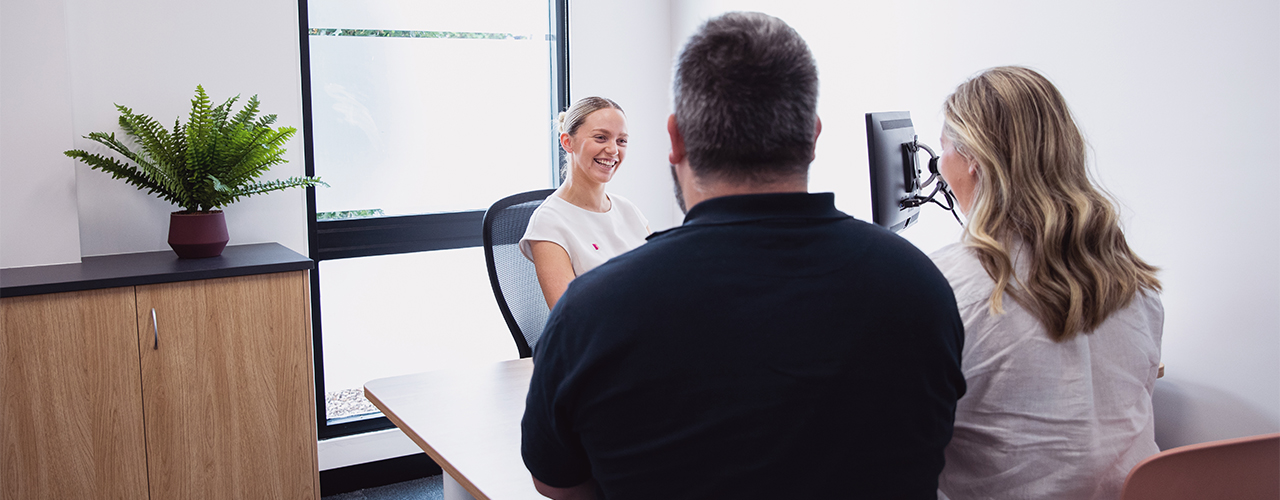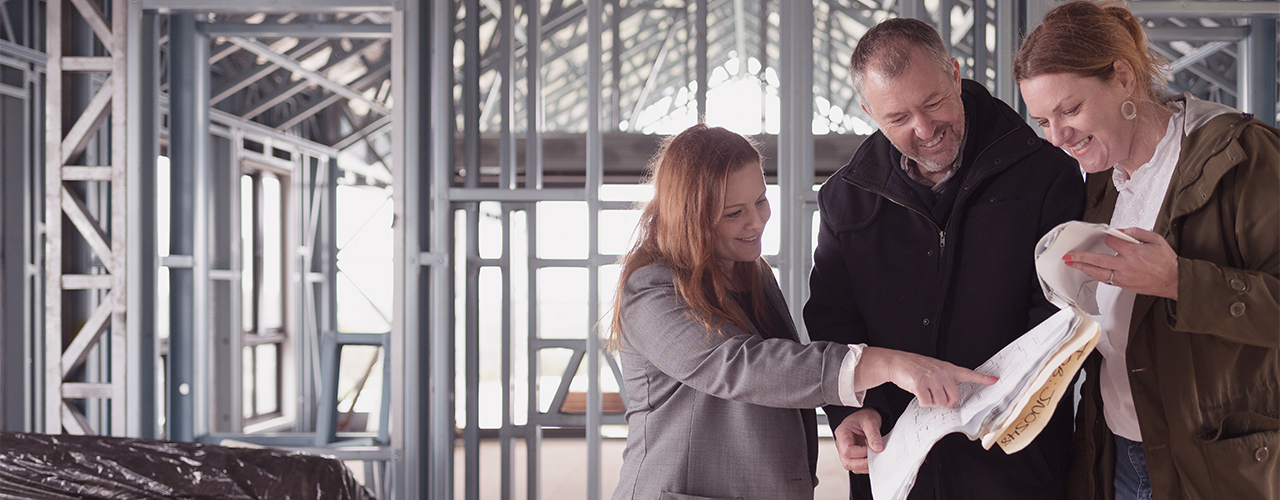Congratulations! Buying a home is one of life’s most important milestones. But there’s lots to learn when taking out a loan to make sure it’s the right one for you.
At Bendigo Bank, we talk to all sorts of borrowers every single day. Here, we explore their most common questions about the home loan and home buying process.
What is a home loan?
A home loan, which is also called a mortgage, allows you to borrow funds from a financial institution to pay for a home. Most people don’t have hundreds of thousands of dollars or more to pay for their home outright. So, borrowers need to ask banks to lend them the money to buy the property, which they pay off over a period of up to 30 years, minus their initial deposit.
How much can I borrow?
Lots of different factors will determine how much you can borrow. Lenders factor in things like your income, the type of property you want to buy, the amount you want to spend, as well as your savings and expenses.
It pays to think longer term about your future, too, and consider whether you plan to start a family or switch careers, as these things could change your financial position. It’s a good idea to be conservative when estimating how much you can borrow so you don’t overextend yourself and find it hard to make the repayments down the track.
Our Home Loan Borrowing Power Calculator can help you get a rough idea of what you can borrow based on your current financial position. From here, you can consider more personal factors and decide whether you’re comfortable paying that level of repayments.
Which home loan is right for me?
There are many different options when it comes to taking out a home loan. Some loans are more basic, with less features and often less fees. Other loans come with features like a credit card or an offset account.
You can compare costs and features by checking the loan’s comparison rate, which includes the cost of any extra features, not just the loan’s underlying interest rate.
The loan you choose will depend on your circumstances and personal preferences. For instance, if you receive bonuses you may wish to deposit these funds in an offset account, to help reduce the amount of interest you pay. The idea is to choose the loan that supports your lifestyle.
What is the difference between fixed and variable loans?
Interest can be charged on your loan: through a variable rate, fixed rate or by splitting the loan into fixed and variable components.
-
Variable rate mortgage
The interest rate you pay will rise and fall, generally in response to movements of the official cash rate set by the Reserve Bank of Australia. Bendigo Bank variable home loans also allow you to make unlimited extra repayments and come with other benefits such as a 100% offset account which can help you pay less interest. You may choose a variable rate if you think rates will fall, so the amount you pay reduces with the official cash rate.
-
Fixed rate mortgage
You pay a fixed interest rate for a specific term. Then, you can re-negotiate the rate you pay. You may choose to fix your interest rate if you expect interest rates to rise, or if you value certainty in your outgoings. Unlike most banks, Bendigo Bank also offers an offset account on our fixed rate home loans which could save you in interest.
-
Split
You can also split your loan between fixed and variable. This means paying a fixed rate of interest on part of the loan and a variable rate of interest on the remaining portion of the loan. Splitting your loan can offer you the best of both worlds.
What will my repayments be?
Your repayments will depend on a range of different factors, including the size of your deposit, how much you borrow, how often you make repayments, and the interest rate you’re paying on your loan. You may find you can pay off your loan sooner if you make repayments fortnightly rather than monthly. You can explore what your repayments could be using our repayment calculator.
What is a deposit and why do I need one?
A deposit is your upfront contribution to the cost of a property. You typically put a deposit down on a property and take out a home loan to cover the rest of the purchase price. For example, you might put down a $50,000 deposit and take out a home loan for $450,000 to purchase a $500,000 home.
How much do I need to save for my deposit?
The minimum amount for a deposit is 5% of the total purchase price. A 10% deposit is typically recommended for a first home buyer, comprising 5% for the house deposit and 5% for associated costs, including lenders mortgage insurance (LMI), stamp duty and conveyancing fees. You may not need to pay LMI if you can pay a 20% deposit.
How do I apply for a home loan?
You apply for a home loan in two phases – pre-approval and unconditional approval. Your pre-approval is an initial assessment of your borrowing power that produces a total amount a financial institution is willing to lend you. Essentially, a pre-approval is a lender saying ‘based on your current financial position, we think you can afford to repay a loan of this size. ’You can then use that pre-approval to shop around for the right property. If you know you are pre-approved for a loan of $500,000, and you have a deposit of $100,000, you can look at properties that fall in the appropriate price range.
Unconditional approval happens when you’ve found a property you want to purchase. This is the final part of your home loan application, which is much more specific. You will apply for unconditional approval when you’ve actually committed to purchasing a property. This is when the seller has agreed to your offer and the bank has agreed to lend you that amount, on that specific property, and begin the process of providing you with the funds to purchase.
Our pre-qualification tool helps you get an idea of the size and type of loan you might be eligible for. There are no credit checks, no paperwork, and you’ll get an answer in minutes.
Where to next
If you're not quite ready to get in touch, there's lots of other ways we can assist you:






